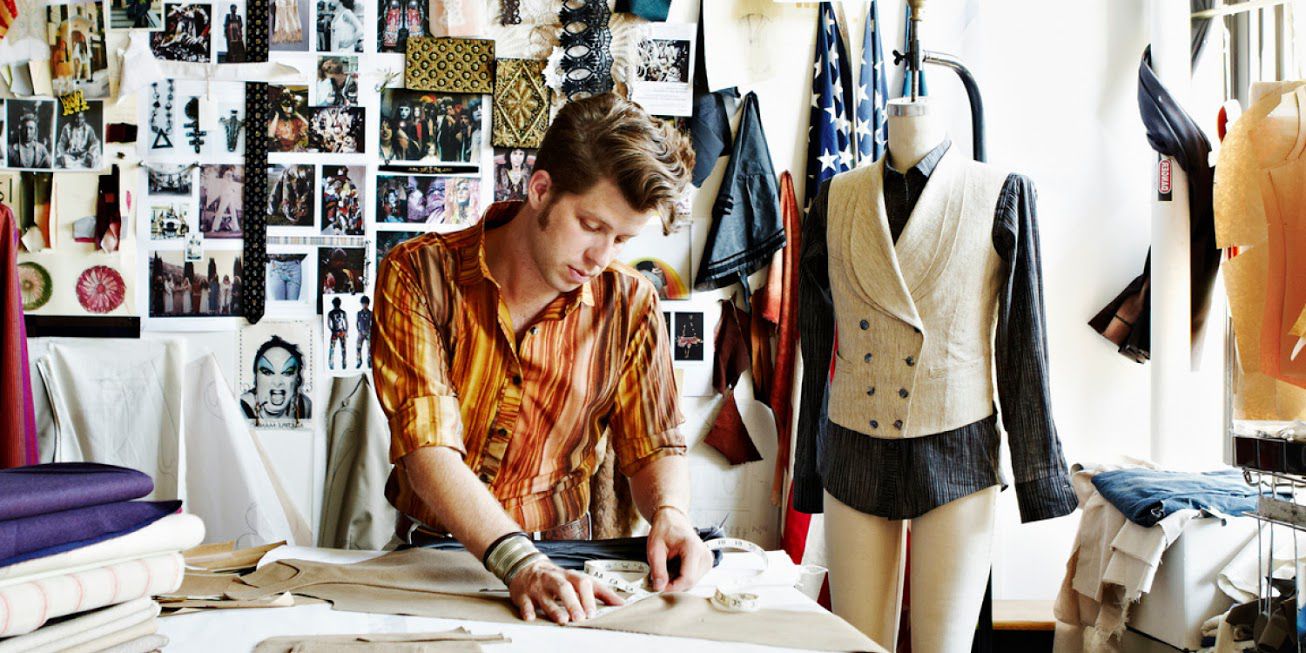In this present reality where ecological worries are at the bleeding edge, the style business is encountering a significant change towards maintainability. The development of maintainable design has turned into an encouraging sign for a more faithful and mindful way to deal with dress creation, utilization, and removal. This development goes past embracing eco-accommodating materials; it envelops many patterns and advancements that are reshaping the business and rousing purchasers to pursue moral decisions.
Maintainable Materials and Moral Practices:
The excursion towards maintainable style starts with materials. Conventional textures like cotton are asset serious, prompting unnecessary water utilization and synthetic contamination. As a reaction, developments like natural cotton, Tencel, and reused polyester have arisen. These materials lessen the natural impression of dress creation while keeping up with solace and style. Moral practices, for example, fair work norms and straightforward stock chains, guarantee that specialists are dealt with decently and it are improved to work conditions.
Roundabout Design Economy:
One of the vital patterns in supportable design is the change from a straight to a roundabout style economy. This approach tries to limit squander and drag out the existence pattern of articles of clothing. Brands are empowering clients to fix, reuse, and reuse their apparel. Rental and apparel trading stages have acquired prominence, permitting buyers to appreciate design without the natural responsibility. Top caliber, flexible pieces that endure changing patterns and seasons are becoming fundamental in dominating this methodology.
Slow Style Development:
As opposed to quick form’s fast turnover, the sluggish design development stresses careful utilization. It urges buyers to put resources into ageless, sturdy pieces that rise above patterns and keep going for quite a long time. This change in mentality advances a decrease in motivation purchasing and supports that less, very much made pieces of clothing are more significant than a wardrobe brimming with passing prevailing fashions.
Inventive Plan Procedures:
Architects are spearheading inventive procedures to decrease squander during creation. Zero-squander design making, where texture is cut in a manner that limits scraps, is building up forward momentum. 3D sewing and 3D printing are reforming the way that articles of clothing are delivered, taking into consideration customization and diminished material waste. These techniques meld innovation with maintainability, making an amicable collaboration among design and development.
Upcycling and Reusing:
Upcycling has reinvigorated design’s maintainability development. This cycle includes changing disposed of materials into new items, bringing about interesting, stand-out pieces. Creators are imaginatively reusing denim, rare textures, and, surprisingly, modern waste into trendy manifestations, showing the way that style and maintainability can coincide amicably.
All in all, the development of maintainable style addresses a change in perspective that entwines morals, feel, and advancement. From the hug of eco-accommodating materials to the ascent of roundabout style economies, the business is embracing change because of buyer requests and worldwide worries. The combination of moral practices and mechanical headways is reshaping the scene of design, demonstrating that it’s feasible to be trendy while keeping a cognizant association with the planet. As purchasers progressively focus on maintainability, the style business is tested to proceed with its development towards an additional mindful and illuminated future.

